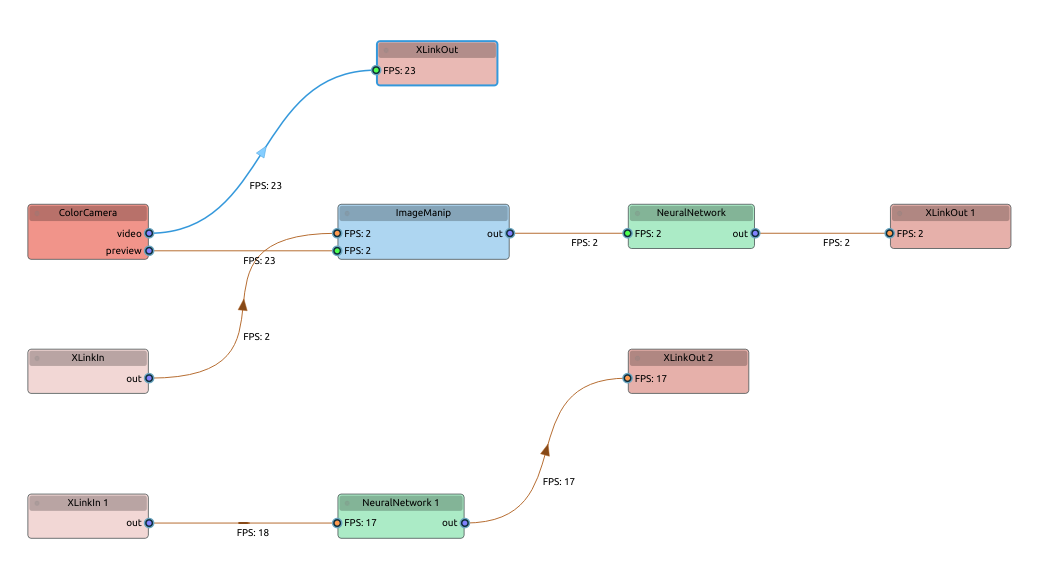Hey folks,
I wish to program my first Python script with OAK-1 Lite.
My project is "Air Drums", so I could play drums on air, and create music sounds to certain hand gestures or specific locations in the image where my hands "hit" on air.
The closest to it in the concept that I found, was the Sign Language project.
I'd like to get your guidance as to what should I start with or how to build it.
Thanks!

